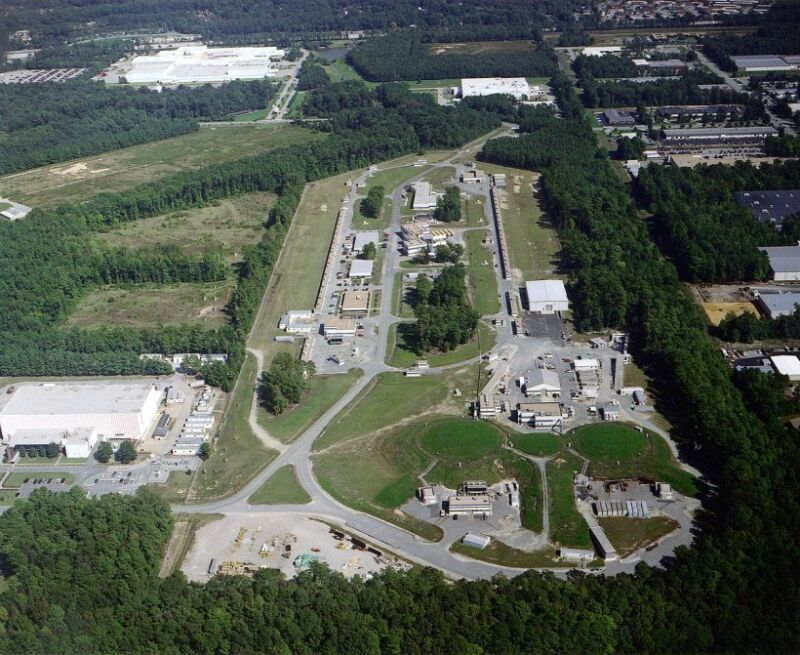Proton’s mass radius is apparently shorter than its charge radius

Enlarge / The Jefferson Lab particle accelerator, where the work took place. Electrons in the oval at top center are sent to different underground target rooms (circles at lower right). (credit: Jefferson Lab)
If you ask how much an object like a bicycle weighs, there's a simple answer. But if you ask where the mass of a bicycle is, things get more complex. The bike has a lot of parts-some of which move-that all have different volumes, shapes, and densities, so its mass is distributed irregularly around its form.
To an extent, this is similar to the question of where the mass of a proton is. The proton is a collection of quarks and gluons moving at relativistic speeds around a central point. Figuring out where its mass lives would be difficult even without the fact that the analogy with bicycles completely falls apart due to one awkward fact: A proton weighs much more than its component quarks, and the gluons that hold the quarks together are massless. In fact, the mass of the particles involved is somewhat irrelevant. "If you do calculations where you set the quark mass to zero, the proton is pretty much the same thing," physicist Sylvester Johannes Joosten told Ars.
Instead, much of the proton's mass comes from the incredibly high energy density created by the gluons' strong force interactions. So, to understand the mass of a proton, we have to understand what its gluons are up to. Which, given that they're massless and have no charge, is extremely difficult to do. But some experimental work has created a value for the proton's mass radius, which describes the distribution of mass within the particle. And it turns out the value is significantly different from the proton's charge radius.